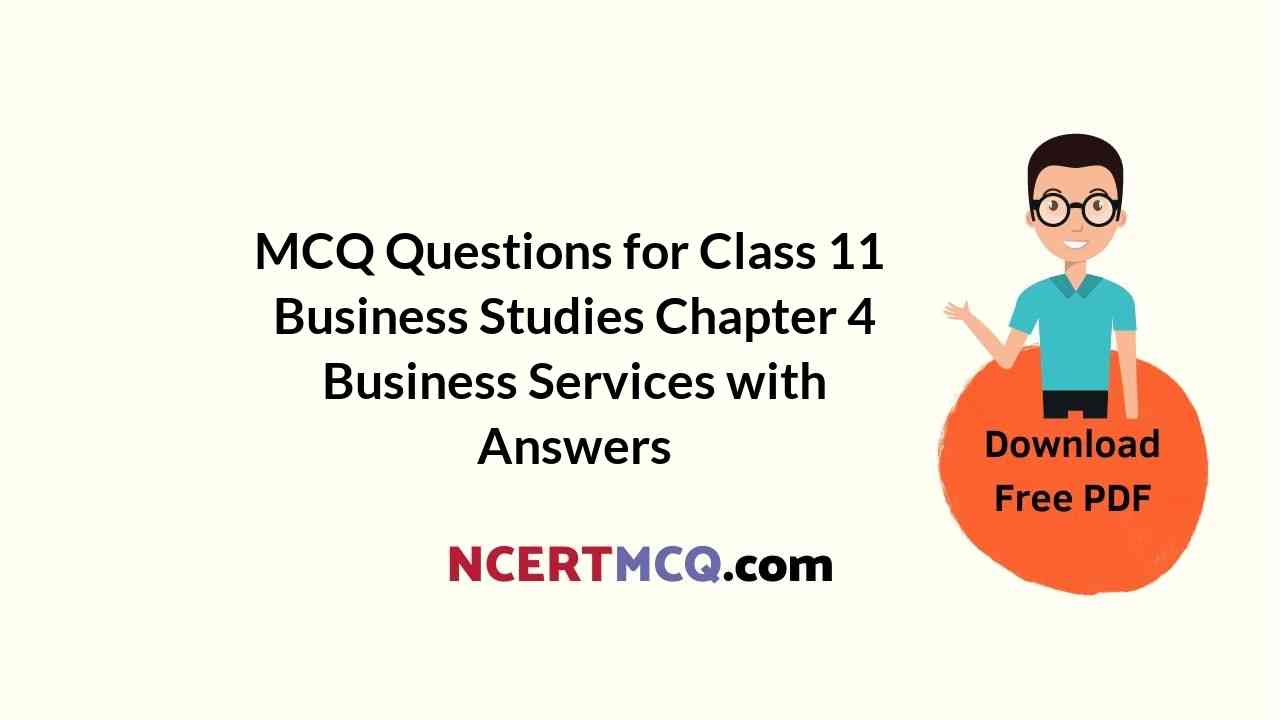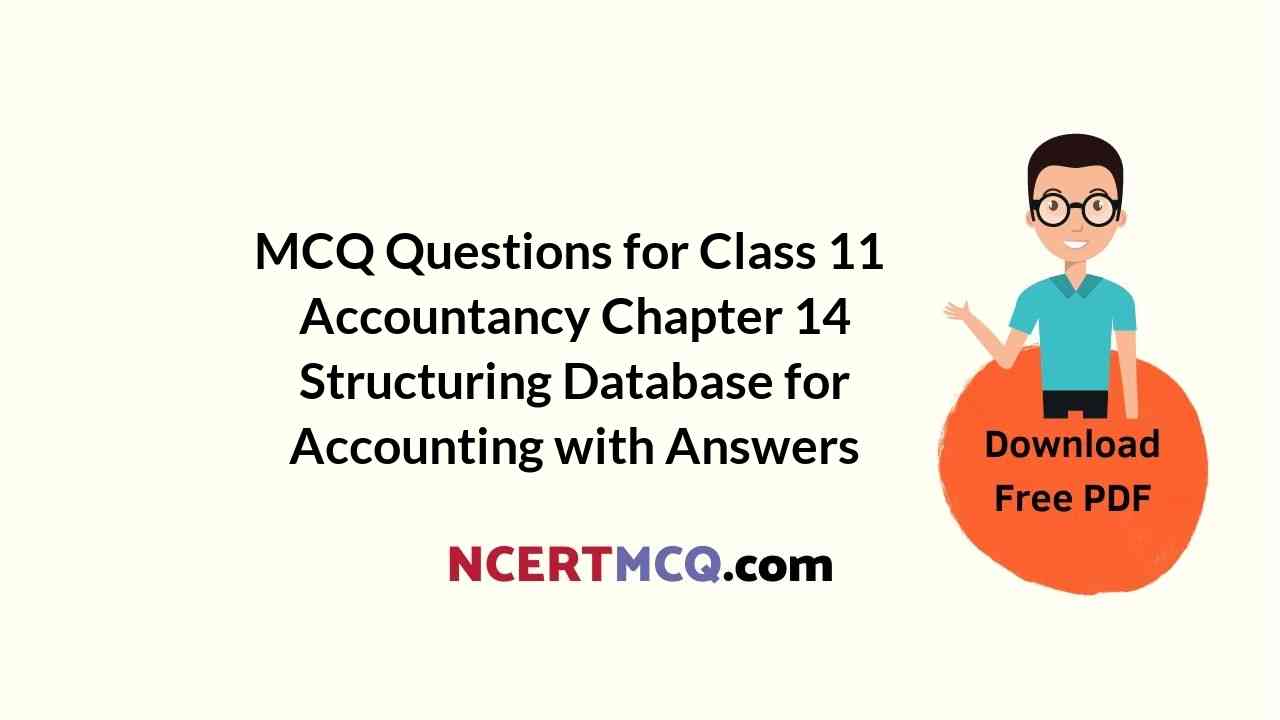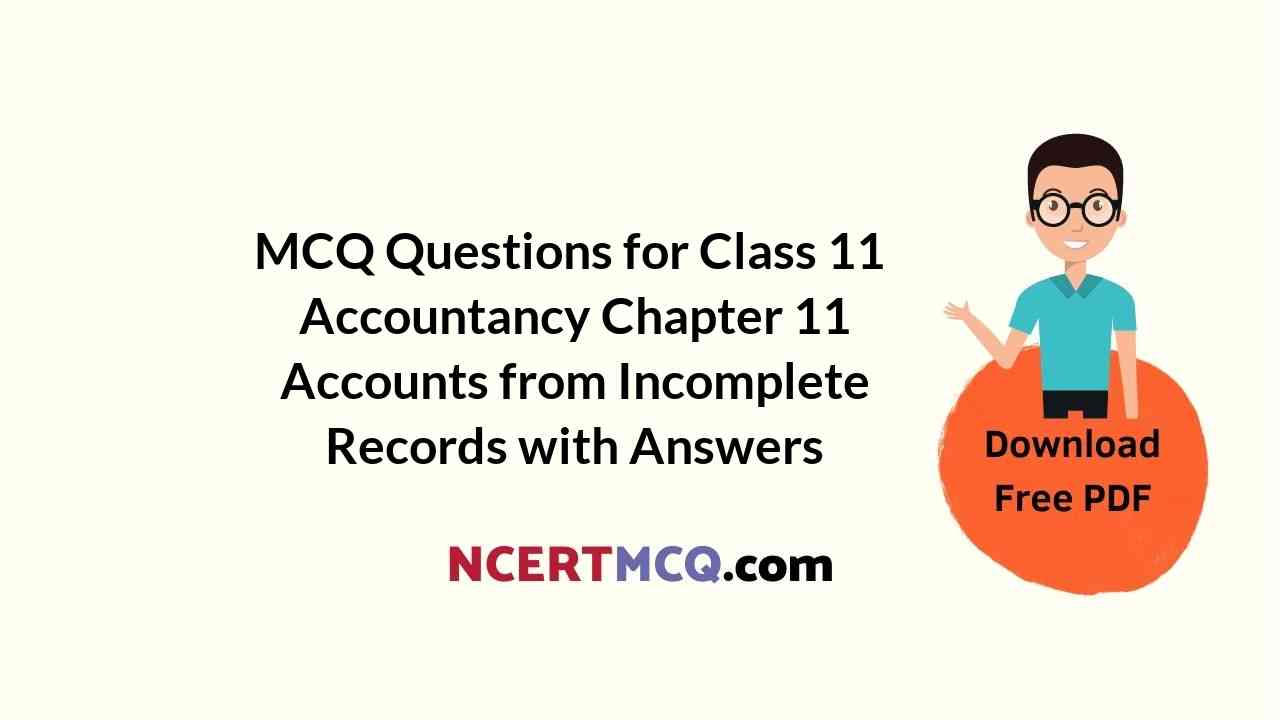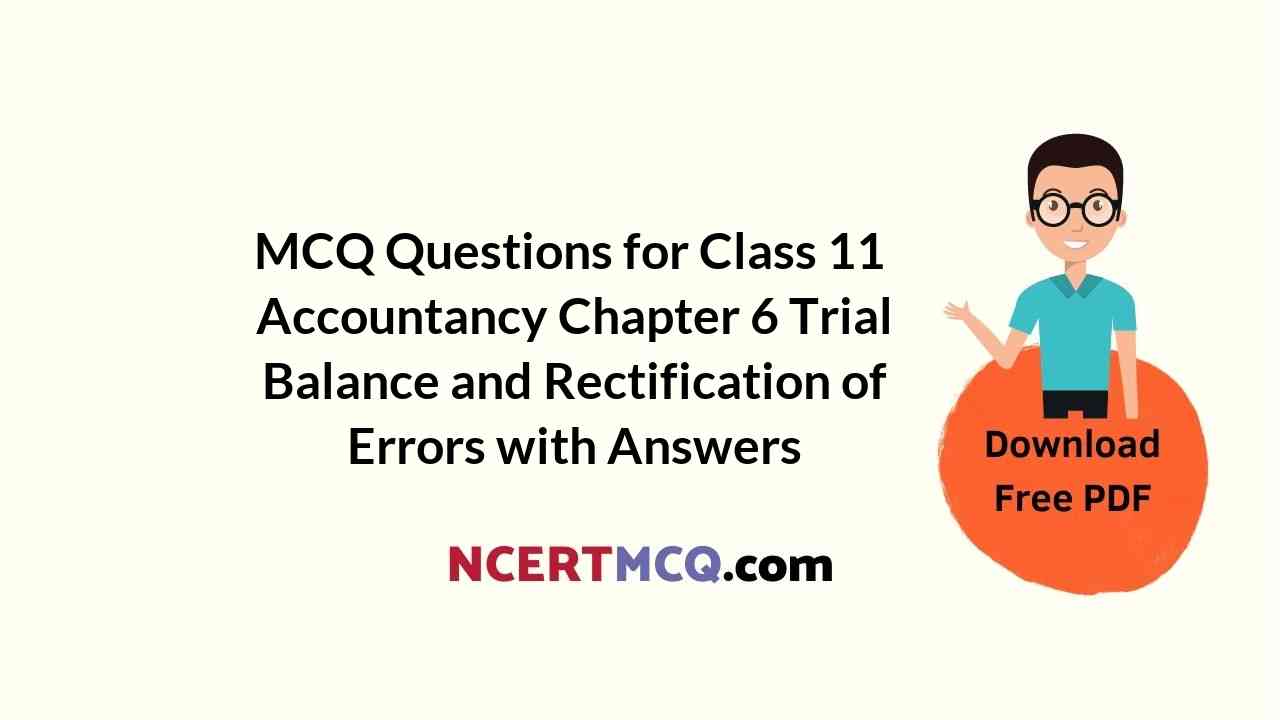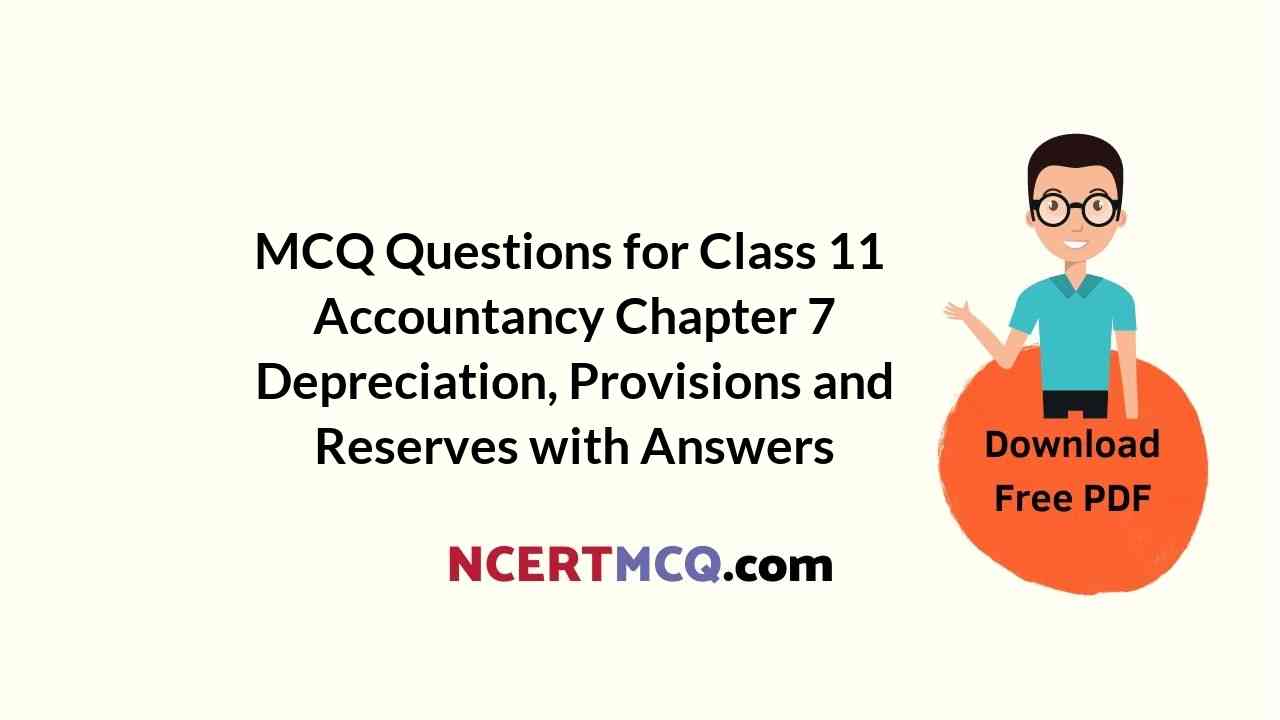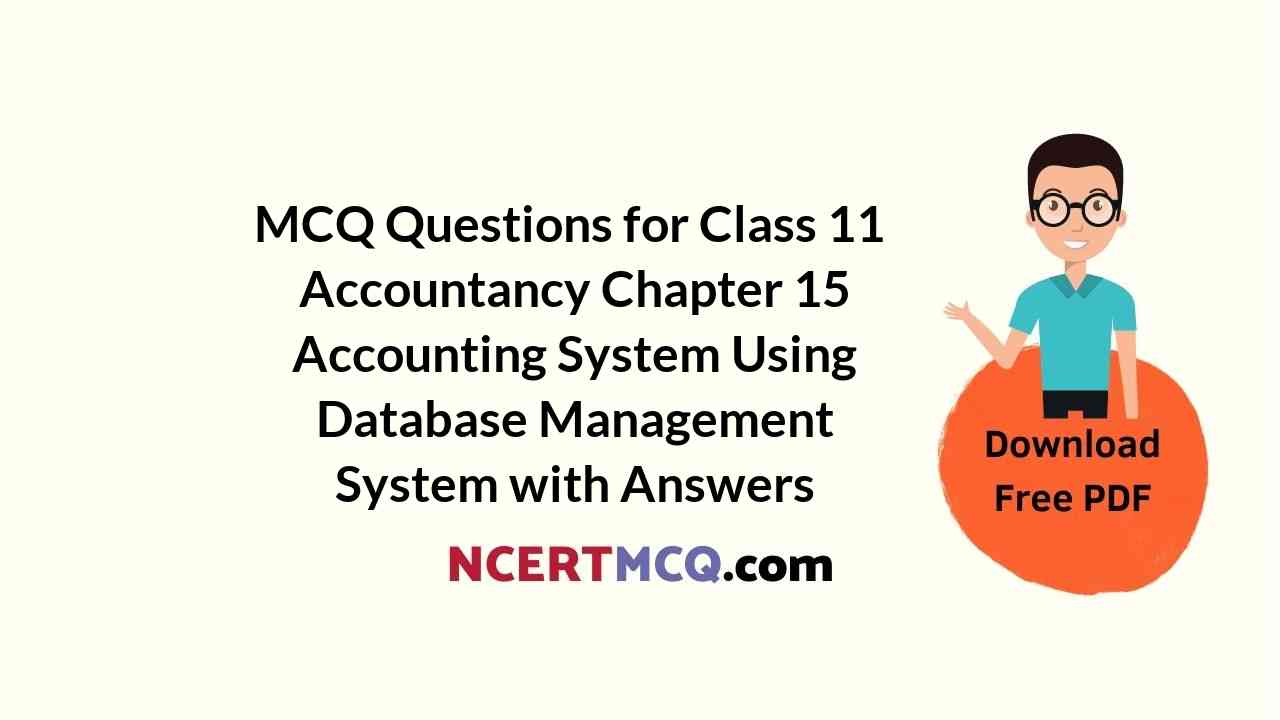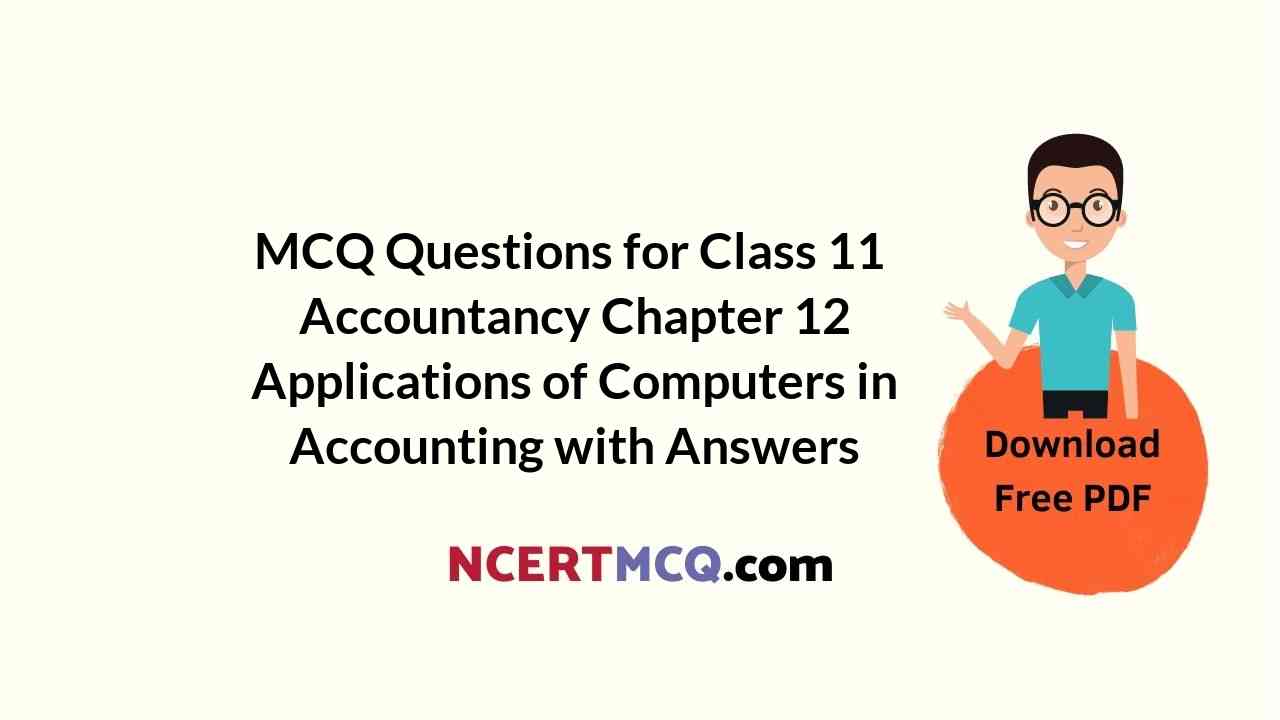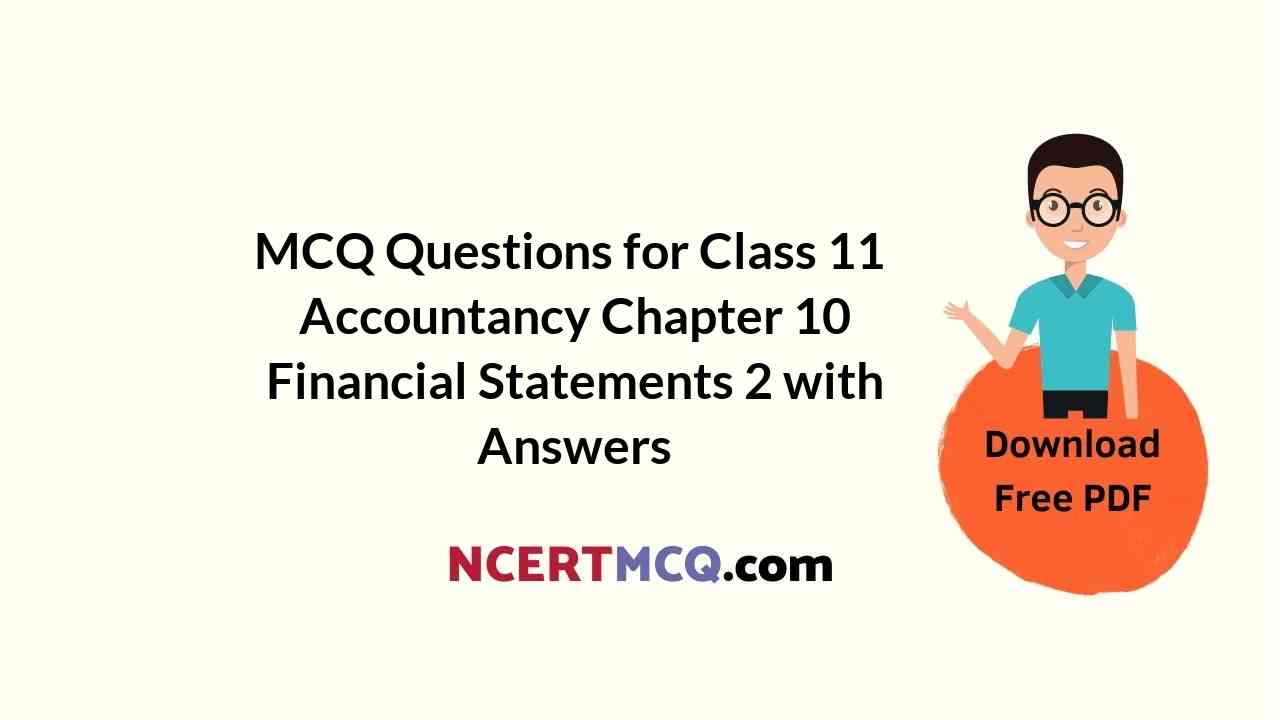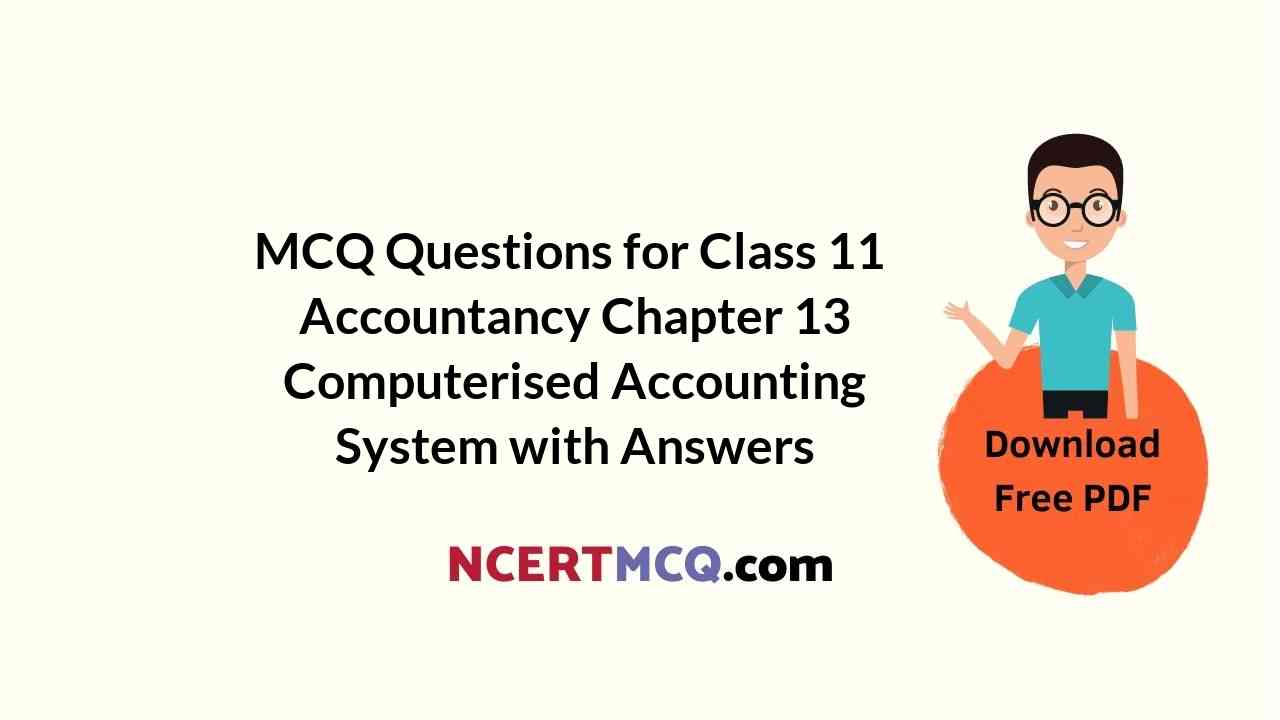Check the below NCERT MCQ Questions for Class 11 Business Studies Chapter 4 Business Services with Answers Pdf free download. MCQ Questions for Class 11 Business Studies with Answers were prepared based on the latest exam pattern. We have provided Business Services Class 11 Business Studies MCQs Questions with Answers to help students understand the concept very well.
Class 11 Business Studies Chapter 4 Business Services MCQ With Answers
Business Studies Class 11 Chapter 4 MCQs On Business Services
Business Services Class 11 MCQ Question 1.
CWC stands for_______.
(a) Central Water Commission
(b) Central Warehousing Commission
(c) Central Warehousing Corporation
(d) Central Water Corporation
Answer
Answer: (c) Central Warehousing Corporation
Class 11 Business Studies Chapter 4 MCQ Question 2.
Which of the following is not a function of insurance?
(a) Risk sharing
(b) Assist in capital formation
(c) Lending of funds
(d) None of the above
Answer
Answer: (b) Assist in capital formation
MCQ Questions For Class 11 Business Studies Chapter 4 Question 3.
DTH services are provided by________.
(a) Transport companies
(b) Banks
(c) Cellular companies
(d) None of the above
Answer
Answer: (c) Cellular companies
Chapter 4 Business Studies Class 11 MCQ Question 4.
The validity period of a demand draft is
(a) One month
(b) Two Months
(c) Three months
(d) Six Months
Answer
Answer: (c) Three months
Business Studies Class 11 Chapter 4 MCQ Question 5.
DTH services are provided by
(a) Transport Company
(b) Banks
(c) Cellular Company
(d) None of these
Answer
Answer: (c) Cellular Company
MCQ Of Business Services Class 11 Question 6.
Which of the following is an allied postal service-
(a) Greeting post
(b) Media post
(c) Speed post
(d) Passport Application
Answer
Answer: (c) Speed post
Ch 4 Business Studies Class 11 MCQ Question 7.
The functions of a commerce include
(a) acceptance of deposits
(b) granting of loans
(c) Locker facility
(d) all the above
Answer
Answer: (d) all the above
Ch 4 Bst Class 11 MCQ Question 8.
Time utility is created by
(a) Transportation
(b) Banking
(c) Warehousing
(d) Communication
Answer
Answer: (a) Transportation
Chapter 4 Bst Class 11 MCQ Question 9.
Which of the following is not applicable in life insurance contract?
(a) Conditional contract
(b) Unilateral contract
(c) Indemnity contract
(d) None of the above
Answer
Answer: (c) Indemnity contract
Bst Class 11 Chapter 4 MCQ Question 10.
The benefits of public warehousing includes_______.
(a) Control
(b) Flexibility
(c) Dealer relationship
(d) None of the above
Answer
Answer: (b) Flexibility
Class 11 Bst Ch 4 MCQ Question 11.
It is not a type of general insurance
(a) Marine Insurance
(b) Fidelity Insurance
(c) Fire Insurance
(d) Life Insurance
Answer
Answer: (d) Life Insurance
Business Services MCQ Class 11 Question 12.
What is the full form of WWW
(a) world wide width
(b) world wide work
(c) world wild web
(d) world wide web
Answer
Answer: (d) world wide web
Class 11 Bst Chapter 4 MCQ Question 13.
Which is considered as the cheapest means of transportation
(a) Air
(b) Road
(c) Water
(d) Railway
Answer
Answer: (c) Water
Class 11 Business Chapter 4 MCQ Question 14.
Which of the following is a contract of Indemnity
(a) Marine Insurance
(b)Fire Insurance
(c) Life Insurance
(d) all the above
Answer
Answer: (b) Fire Insurance
MCQ On Business Services Question 15.
Which is the central Bank of India
(a) Central Bank
(b)State Bank of India
(c) Bank of India
(d) Reserve Bank of India
Answer
Answer: (d) Reserve Bank of India
One Mark Questions
1. Give the meaning of‘Service’.
Answer
Answer: Anything which is done by a person to another person for consideration is called service.
2. State any two types of services.
Answer
Answer: (a) Business Services
(b) Social Services
3. What do you mean by e-banking?
Answer
Answer: Electronic banking refers to banking where the transaction or the activities of banking is carried out through internet.
4. Define Bank.
Answer
Answer: A bank is a financial institution licensed to receive deposits and make loans.
5. Expand MICR.
Answer
Answer: Magnetic ink character recognition
6. What is meant by EFT?
Answer
Answer: Electronic Funds Transfer (EFT) is a system of transferring money from one bank account directly to another without any paper money changing hands.
7. State any one marine risk.
Answer
Answer: Sinking in ship
8. Who is an Insured?
Answer
Answer: The person who obtains or is otherwise covered by insurance on his or her health, life, or property.
9. Name the act regulating banking business in India.
Answer
Answer: Banking regulatory Act 1949
10. Name any one type of Bank account.
Answer
Answer: Saving Bank Account
11. Name any one Banking service.
Answer
Answer: Bank Overdraft
12. Who is Insurer?
Answer
Answer: The person who undertakes to indemnify is called the insurer.
13. What is Insurance Policy?
Answer
Answer: The written document which contains the terms and conditions of the contract of insurance is called insurance policy.
14. State one type of Insurance.
Answer
Answer: Life insurance
15. Mention one type of Postal service.
Answer
Answer: Mail Facilities
16. Expand MODA.
Answer
Answer: Multiple Option Deposit Accounts
17. Expand NEFT.
Answer
Answer: National Electronic Funds Transfer
18. Expand MIS.
Answer
Answer: Monthly Income Scheme
19. Expand SCSS.
Answer
Answer: Senior Citizen Savings Scheme
20. Expand ATM.
Answer
Answer: Automated Teller Machine
21. Expand IMO.
Answer
Answer: Instant Money Order
22. Expand EPS.
Answer
Answer: Electronic Payment & Service
23. Expand EMO.
Answer
Answer: Electronic Money Order
24. Expand VAST
Answer
Answer: Very Small Aperture Terminal
We hope the given NCERT MCQ Questions for Class 11 Business Studies Chapter 4 Business Services with Answers Pdf free download will help you. If you have any queries regarding Business Services CBSE Class 11 Business Studies MCQs Multiple Choice Questions with Answers, drop a comment below and we will get back to you soon.
Class 11 Business Studies MCQ:
- Nature and Purpose of Business Class 11 MCQ
- Forms of Business Organisation Class 11 MCQ
- Private, Public and Global Enterprises Class 11 MCQ
- Business Services Class 11 MCQ
- Emerging Modes of Business Class 11 MCQ
- Social Responsibilities of Business and Business Ethics Class 11 MCQ
- Formation of a Company Class 11 MCQ
- Sources of Business Finance Class 11 MCQ
- Small Business Class 11 MCQ
- Internal Trade Class 11 MCQ
- International Business 1 Class 11 MCQ
- International Business 2 Class 11 MCQ
